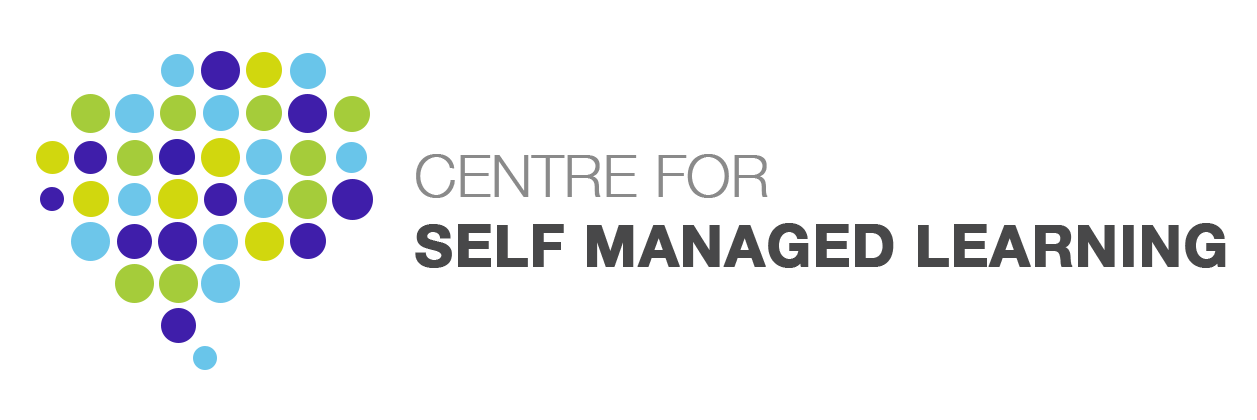12 Aug Expanding Your World
Modelling the Structure of Experience
It may not seem quite seemly for me to be writing of a book I have co-authored. But, who else would do it? No-one else has read it. Not that the topic is immediately relevant to Self Managed Learning, even. However, and I hope you will notice this, it is very relevant to the topic of organisational learning.
The term ‘modelling’ (in its UK spelling) has a number of meanings. We are using it in the sense it is used within NLP (Neuro-Linguistic Programming), quite different from when it is applied to architectural macquettes, computer templates for animal movement, the way your children pick up those of your behaviours you would least like them to emulate, or, for that matter, to its more glamorous employ for anorexic chic on a catwalk.
What David and I have done in this book is to propose a framework for capturing people’s abilities in such a way that they can be learnt by others. Typically, if someone has an ability we want to learn we observe their behaviour and, when we have the chance, we ask them questions about what they are doing. The problem is that much of what people do isn’t all that easily learnt just from looking at their behaviour. Additionally, when it comes to those things we are most skilled in we often can’t say all that much about how we do them. They have become almost automatic or natural for us even if they only became that way through years of trial and tribulation. Frequently, we tell our interlocutor how we came to learn to do what we do, though that may, in turn, condemn them to the same years of trial and tribulation we went through ourselves.
There has to be a better way. There is. The claim we make in our book is that human experience has structure. Our experience isn’t just a random concatenation of feelings, behaviours, thoughts and underlying assumptions stacked higgledypiggledy; there is a coherence to it. We all recognize that if we approach a challenge with the thought that we are likely to mess it up we tend not to feel very motivated to engage with it. Our thoughts, feelings and behaviour do appear to be tied together, just like our hip bone’s connected to our thigh bone, our thigh bone’s connected to our knee bone and, well, you remember the song. In other words, there is a skeleton holding our experience together but its structure isn’t as easily identified as our bones are. That’s what our book is about, identifying the structure of an ability so that someone else can take on that structure which, in turn, will give them a head start in acquiring that ability.
We’re not being glib about this. We are not talking instant Mozart. But, think about it, if your experience of music was structured in the same way Mozart’s was don’t you think it might help you in learning music. Of course, in the case of playing an instrument there is a lot of manual dexterity involved, but that’s not the case with most of the abilities prized within organisations. So the challenge there is much less and the benefits that accrue could be much greater, wouldn’t you think. We do, and that’s why we wrote a book about it.
The book has been a labour of love, or bloody-mindedness more likely. We’ve been working on it for a very long time. The version that is coming out shortly is the second complete version. The first was twice the length. We had a problem with it though. People couldn’t read it.
Well, I may be overstating the case but we did give it to a number of readers for their feedback. Now, that’s the thing when you ask for feedback. You might very well get it. And it might not be what you want to hear.
It wasn’t that they thought we couldn’t write. It was more that we wrote too much; we were trying to be completist. That is, we’d tell the reader how to do a certain step in the process, and then we’d tell them how to deal with any eventuality that might result from that. People found they were getting lost in the forest, so this new version is only the trees.
The other issue was that what we were proposing wasn’t a familiar idea to most people. Most people don’t think of their experience as having structure. Experience seems more like a flowing stream. So we were up against that problem familiar to those of you who have attempted to put across the value of SML. Most people’s experience of learning hasn’t been anything like SML and when you tell them about it they have nothing in their past experience to attach it to. It doesn’t make sense to them, not because you are inept in explaining it but simply because they are lacking the experience which would be the basis for understanding. People could read our sentences. But what did they mean. They got confused.
The answer to that was for us to make a DVD to go along with the book. Our thinking was this: what we are writing about is simply unfamiliar to most readers but if they see the modelling process right there on the screen, in sound and vision, they will then have the (vicarious) experience to which they can connect what we are writing about.
Of course, making a DVD is to enter into another world, one very different from writing a book. It was interesting. We learnt a lesson about the compelling, nay overriding, nature of sound and vision. Our ambitions for the DVD were very modest. It was to be illustrative. Just a way to show people the process so they could understand what it was we were writing about in the book. That’s all. It’s not a Hollywood number, right. But it’s hard to keep Hollywood out of it. Easy enough to keep Hollywood quality out of it, for we had to finance it ourselves. But not so easy to keep Hollywood considerations out of it.
We filmed two different people (who had the same ability) eliciting from them how they did the ability they had. David did one elicitation, I did the other. Then we hunkered down in David’s place in the Arizona desert to view what we’d got. It was immediately clear that the elicitation I had done was the simpler and the clearer. But, and here’s where the Hollywood considerations come in, the camera and sound equipment was not as good and, and it’s a very big ‘and’, the person from whom David had elicited the ability came across as much more charismatic on camera. This is where you start to realize that, while your aim may only be illustrative, almost any viewer can’t but be influenced by the way the exemplar of the ability comes across on film. It’s not fair. Yes, I know. But there was no way of getting around it. The ability David elicited from the woman was much more complex than that of the man from whom I had been eliciting. In fact, it was the most complex ability either of us had ever come across. But the camera loved her. (That’s Hollywood!) Also, it has to be said, her ability was far richer and, therefore, relevant to more contexts.
And the ability? Well, in the first version of our manuscript I had modelled someone who was particularly good at engaging an audience. We had created an annotated transcript of the modelling elicitation. But that was junked. In the final version of the book we used what we had on the DVD as the illustrative example throughout the book. In what I now recognize as the same kind of ‘Hollywood’ thinking, we decided that since we had to use an ability to illustrate the modelling process perhaps it would be best to use an ability a lot of people might be interested in (although that interest has nothing, intrinsically, to do with its value as an illustration of the modelling process). We asked around. What people told us, and they said it in various ways, was that they’d be interesting in learning how to be passionate about something. In some cases it was people saying they didn’t feel passionate about things anymore and wished they did. In most cases, though, it was people saying they wished they were able to motivate themselves and, of course, if you are passionate about something you are motivated to pursue it. So it was the ability to be passionate about something that we chose both to illustrate the process and to be the subject of the DVD. And it proved to be a very interesting exploration.
If that, or the modelling process itself, is something you would be interested in exploring yourself there is a website from which you can order the book.
Graham Dawes

